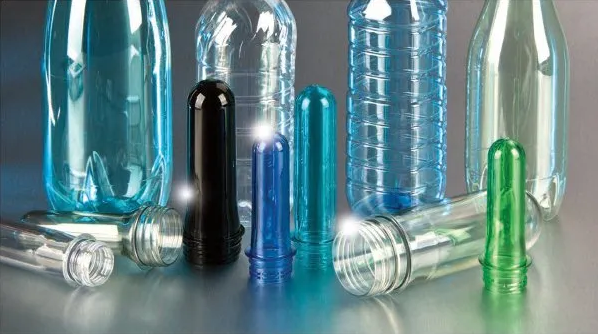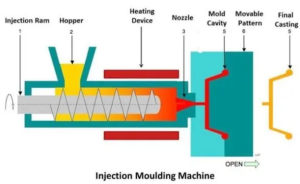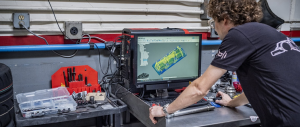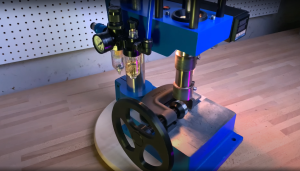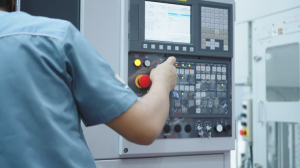Plastic injection molding is a manufacturing process used to produce high volumes of plastic parts with great precision and repeatability. Here’s how plastic injection molding works in a simple overview
Basic Process
1 Plastic pellets usually thermoplastics are fed into a hopper
2 The pellets are heated in a barrel until they melt
3 A screw or plunger pushes the molten plastic into a metal mold cavity under high pressure
4 The plastic cools and solidifies in the shape of the mold
5 The mold opens and ejector pins push out the finished part
This step-by-step process is the core of plastic injection molding and allows for consistent and repeatable production of parts
Key Components
Mold usually made of steel or aluminum contains the cavity in the shape of the part
Injection unit heats and injects the plastic
Clamping unit holds the mold closed during injection and cooling
In plastic injection moldingprecision tooling and accurate temperature and pressure control are essential for producing high-quality parts
Why Use It?
High production speed
Tight tolerances
Low cost per part at scale
Great for mass production of parts like bottle caps phone cases automotive components and medical devices
Plastic injection molding is widely used in industries that require large-scale production with reliability and consistency
Downsides
High initial tooling cost
Long lead time for mold design and manufacturing
Best suited for high-volume production
Let me know if you want to explore any part of the plastic injection molding process in more detail

